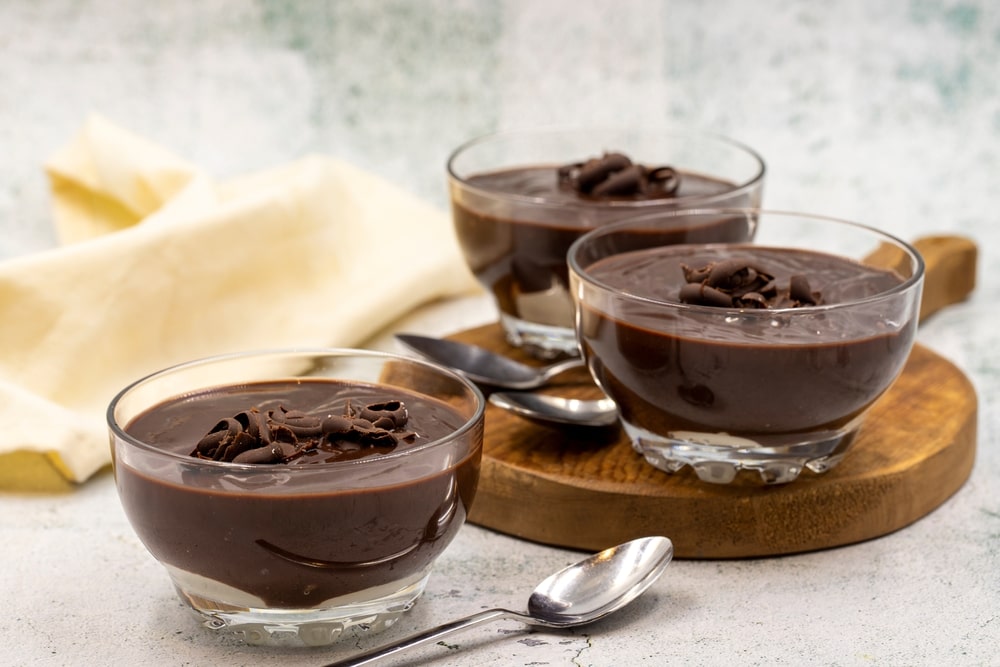Types of Semi-Solid Dosage Forms: Semi-solid dosage forms are dermatological preparations intended to apply externally on the skin to produce local or systemic effects e.g. ointments, creams, gels, and pastes. They contain one or more active ingredients dissolved or uniformly dispersed in a suitable base and any suitable excipients such as emulsifiers, viscosity-increasing agents, antimicrobial agents, antioxidants, or stabilizing agents. Semi-solids can adhere to the application surface for sufficiently long periods before they are washed off. This property helps prolong drug delivery at the application site. Novel semi-solids are non-greasy since they are made up of water-washable bases. Hence they cause less irritation to the skin and are superior to conventional semi-solid dosage forms.
Types of Semi-Solid Dosage Forms
Ointments: Ointments are semi-solid preparations meant for external application to the skin or mucous membrane. They usually contain a medicament or medicaments dissolved, suspended, or emulsified in the base.
Creams: Creams are viscous emulsions of semi-solid consistency intended for application to the skin or mucous membrane and o/w type and w/o type.
Jellies: These are thin transparent or translucent, non-greasy preparations. They are similar to mucilages because they are prepared by using gums but they differ from mucilages in having jelly-like consistency.
Gels: These are jelly-like semi-solid dispersions of a drug meant to be applied to the skin.
Suppositories: These are meant for insertion into the body cavities other than the mouth. They may be inserted into the rectum, vagina, or urethra.
Poultices: These are also known as cataplasms. They are soft viscous wet masses of solid substances.
Plasters: These are semi-solid masses applied to the skin to enable prolonged contact of the drug with the skin, or Substances intended for external application, made of such materials and consistency as to adhere to the skin and thereby attach as dressing.
Pastes are semi-solid preparations for an external application containing a high proportion of finely powdered medicaments. They are stiffer and are usually employed for their protective action and for their ability to absorb serous discharges from skin lesions. They do not melt at ordinary temperatures. They form a coating over the affected area. Pastes are used as protective, antiseptic, and soothing dressings.
Differences Between Pastes and Ointments
- Pastes generally contain a large amount (50%) of finely powdered solids. So they are often stiffer than ointments.
- When applied to the skin pastes adhere well, forming a thick coating that protects and soothes inflamed and raw surfaces and minimizes the damage done by scratching in itchy conditions such as chronic eczema. It is comparatively easy to confine pastes to the diseased areas; whereas ointments, which are usually less viscous, tend to spread onto healthy skin, and this may result in sensitivity reactions if the preparations contain a powerful medicament such as dithranol.
- Because of the powdered contents, pastes are porous; hence, perspiration can escape. Since the powders absorb exudate, pastes with a hydrocarbon base are less macerating than ointments with a similar base.
- They are less greasy than ointments, but since their efficacy depends on maintaining a thick surface layer, they are far from attractive cosmetically.
- Most of the pastes are unsuitable for treating scalp conditions because they are difficult to remove from the hair.
Make sure you also check our other amazing Article on : Preparation of Simple Linctus
